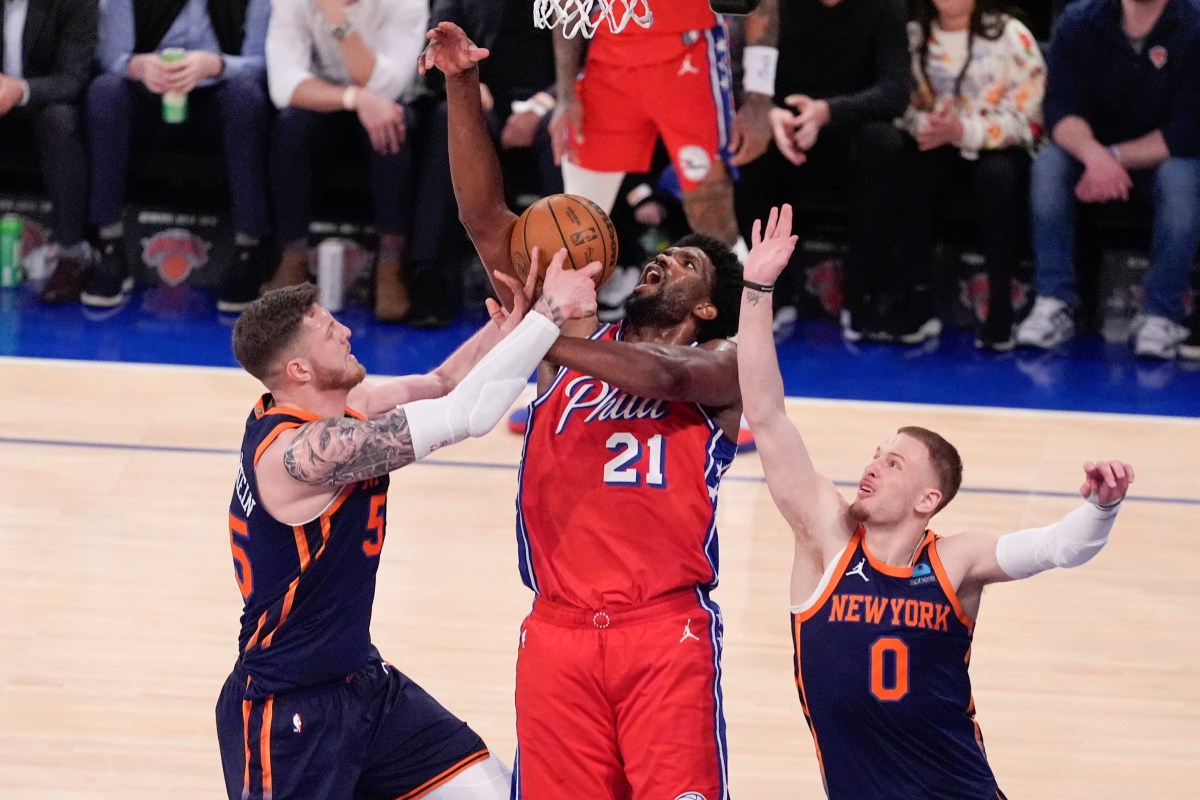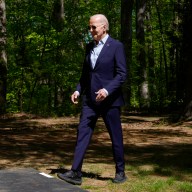 Credit: Getty Images
Credit: Getty Images
In 2010, football writer Paul Watson led the tiny Pacific island of Pohnpei to its first ever win, the culmination of an adventure with friend Matthew Conrad in pursuit of the soul of the game.
Their story served as inspiration for the film “The Soccermen,” to be released this year. Watson, 29, has now taken over an even greater challenge as manager of new Mongolian team Bayangol FC, based in the region of Ulan Bator, where the winters reach -40°C and nobody speaks English.
How did you get the job?
Matt and I were contacted by a director of the Mongolian Premier League called Enki Batsumber, who saw a magazine article about Pohnpei. Enki exchanged emails with Matt for a while and then came to London to meet us. He explained what his project was and it sounded very exciting.
What is the scale of ambition here?
The aim is to rejuvenate Mongolian football, which has been stagnant. The Mongolian Premier League is a relatively new organization set up two years ago to bring a more transparent league to the people. The official FIFA-backed league is run by the Mongolian Football Federation, but it only has seven teams, soon to become five as two went bankrupt — and there are always allegations of corruption.
The Mongolian Premier League has 36 teams in two leagues and games are on YouTube, etc. The idea is to build a team that acts as a flagship for this new league, and that club is Bayangol FC. The potential is enormous. Football has become the most popular sport in Mongolia but it’s seen as something foreign still, and while thousands join fanclubs and watch English Premier League games, domestic football is almost ignored.
What is distinctive about Mongolian football? Do they have any secret weapons?
The players, in general, have fantastic close control. A lot of that comes from the weather that makes it hard to be outside for much of the year. In the winter, and even late autumn and spring, everyone has to play indoors. There are no indoor full-sized football pitches, so everyone plays futsal. This means that they tend to have great close control and footwork. I’d like to think we’d try and play passing football — the players are all comfortable on the ball, and I want to make best use of that.
Are you still loyal to Pohnpei? Would it be difficult to play them?
I’m headed back there later this month to finish filming for the documentary “The Soccermen” and to see how things are progressing. When we left in 2010, we left the game in the hands of dedicated, trained local people and they have done an excellent job. The only frustration is that the Federated States of Micronesia’s application to join the East Asian Football Federation hasn’t progressed as much as I’d have liked in over two years. They are still waiting for a site visit that has been canceled twice. But football has grown throughout Micronesia.
What other footballing backwater would you like to manage?
There are various other places I’d love to work — anywhere where football needs help to grow and can make a difference.
















